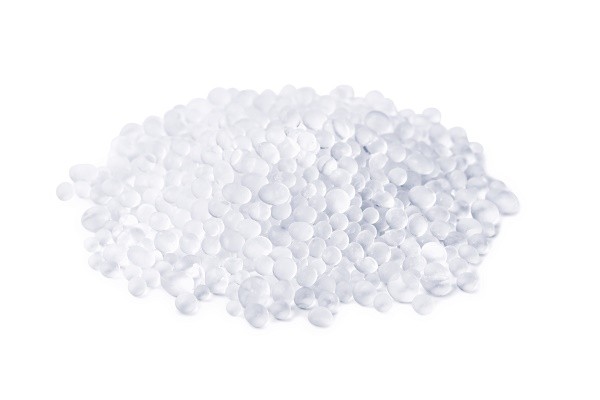Exclusive Interview
How Silicone “Solves Just About any Formulation Problem you Face”

What are silicones as a class of chemicals?
Silicones as a class of chemicals is actually as diverse as asking me to describe hydrocarbons used in personal care — it is a huge class that uses the chemical element silicone (Si).
Silicone, like carbon, can bond four times (chemically speaking) — which means it is incredibly versatile and can be chemically modified and manipulated into many different types of materials to serve a variety of performance and functional needs.
2. What is consumer understanding of the term silicones?
When consumers use the word silicone, in regards to personal care, they are usually talking about dimethicones, which are emollient substances — oily substances — like plant oils and mineral oils that provide emolliency to the skin.
All emollient substances, regardless of where they came from, provide moisture protective benefits to the surface of the skin. Dimethicones provide a particularly light emolliency compared to plant oils. The texture is quite a silky and light skin feel, not at all greasy; which plant oils can tend to be.
Consumers may also be referring to the cyclomethicone/cyclopentasiloxane substances that get used in foundations and hair oils — these are ‘volatile’ silicone materials which means they evaporate at or just above skin temperature.
These materials are able to ‘deliver’ other elements of a formula and then evaporate off, leaving an almost weightless finish. This is particularly desirable for products like crème-to-powder foundations and heat styling products.
What is attractive about silicones in beauty and personal care products?
Their skin-feel for one thing. Most of these materials have an incredibly light, silky skin feel. Even if they provide a cushiony skin feel, it is never ‘greasy’ or heavy like many plant oils can be.
As mentioned, their diversity as a class of chemicals means they can be manipulated in so many different ways to provide formulation solutions. Basic dimethicone/cyclomethicone materials are emollients.
However, there are so many hundreds of other materials and derivatives that have been altered to provide performance attributes and stabilising benefits that just couldn’t exist without that versatile Si backbone and ability to bond the way it does.
For formulators, it gives us incredible diversity and formulation flexibility, with a solution for just about every application!
What is the prevalence of silicones in the beauty and personal care industry? And what type of products do we find them in?
Silicones can be found in all personal care except ‘certified’ natural and organic products — because the certifiers have declared them not naturally/naturally derived. Otherwise, they can be found in just about every type of personal care.
They are particularly great where you want a very light finish such as those found in skin creams for male skin care and Asian skin care, through to almost-weightless finishes and those found in heat styling products and foundations. The simple silicones and highly modified materials are also great in all types of hair products.
Silicones are also great where skin feel is a challenge, which is commonly found in products such as antiperspirants and sunscreen. Wherever you need emolliency but don’t want greasy residue they are also particularly suited.
I cannot emphasise enough the versatility this class of materials gives a formulator — they could be used in pretty much every type of personal care product with significant benefits.
What are your favourite silicone-based products entering the market and why?
It is such a huge class of materials this would take a day to go through, and be as broad a discussion as the types of products they can be used in.
If you want a class of materials that can be as innovative as you like, and solve just about any formulation problem you face, then talk to a silicone supplier. They will have an amazing innovation and formulation solution for you — if your consumer doesn’t have a misinformed reason to avoid them, that is.
We will be exploring the wider landscape surrounding silicones and alternatives, and the impact it has on their uptake on Wednesday 24th July 2019.





















